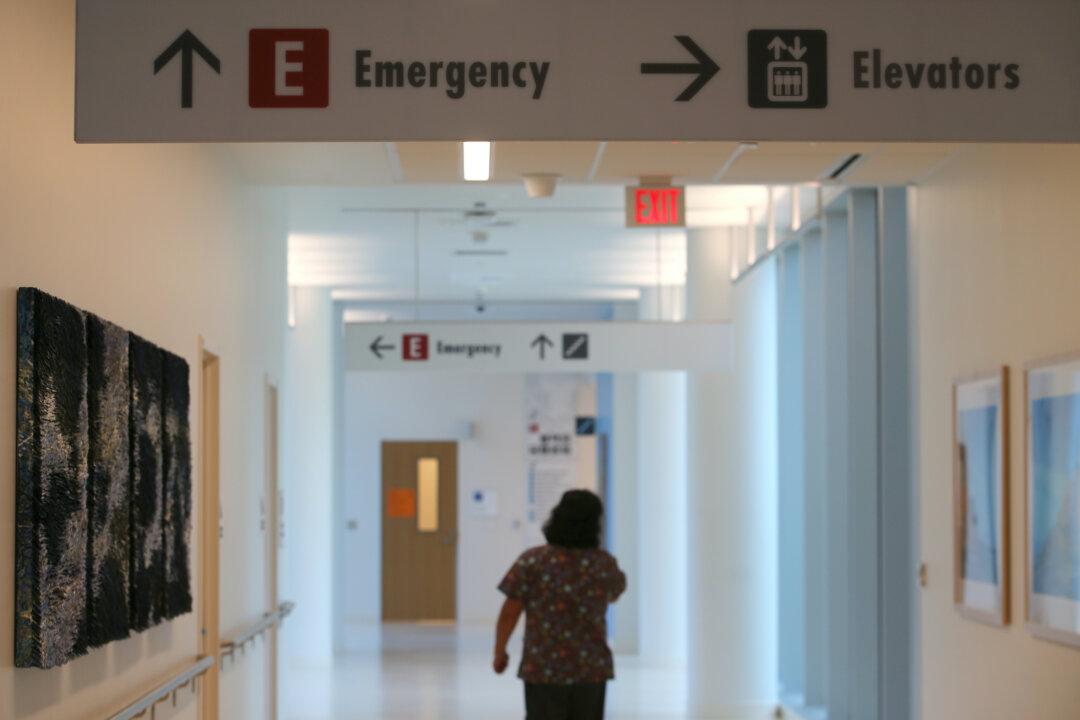CHICAGO–American homes are showing their age—not the houses, but the people living in them.
In 2016, about 55 percent of U.S. households (or about 65 million households) were headed by someone aged 50 or older, according to the Joint Center for Housing Studies of Harvard University (JCHS). That is the highest percentage since the center began keeping records in 1960 and likely a historical first for the United States.






